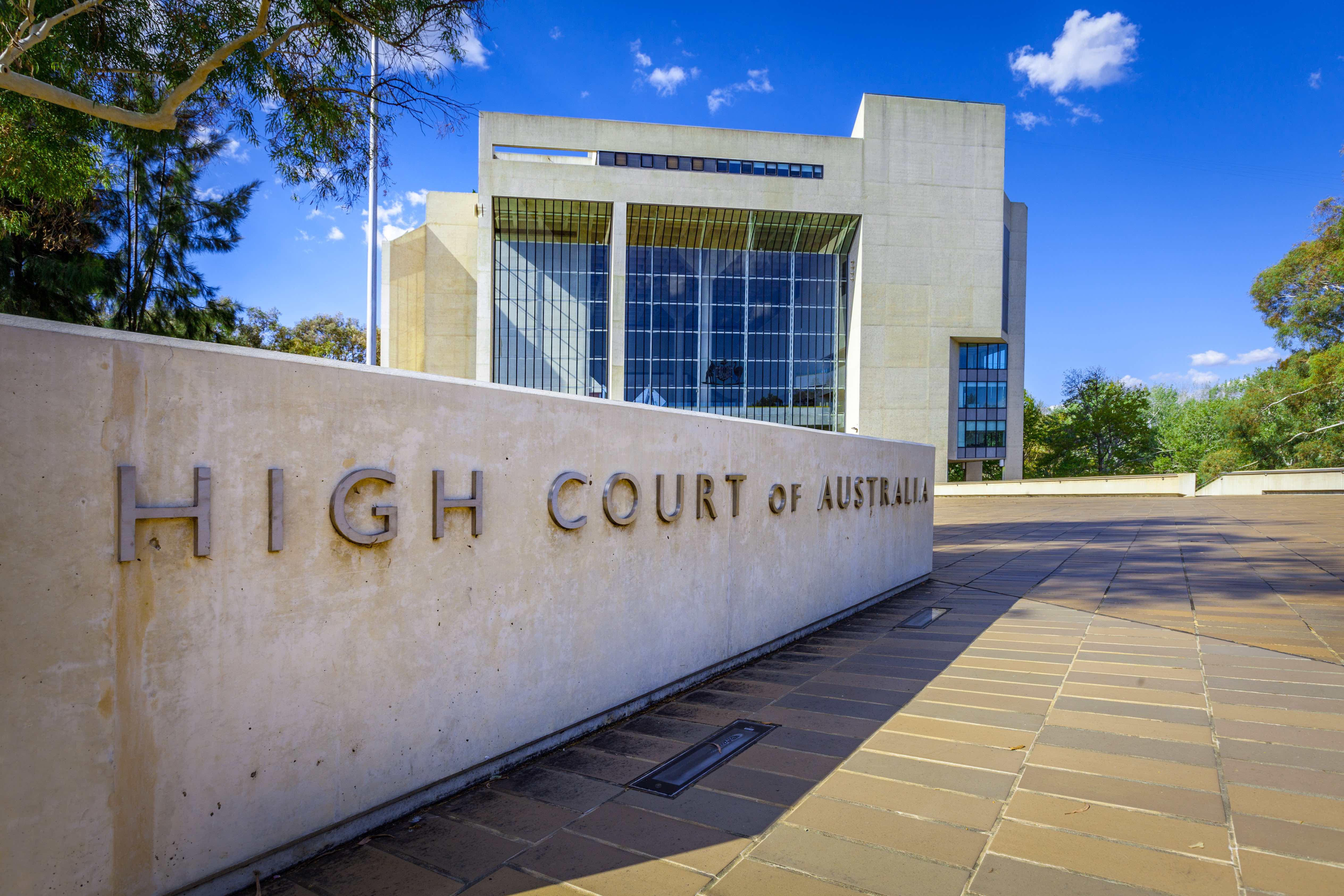High Court. Can it be said that "the differences in the text, context and purpose of s 36(2)(a) and s 36(2)(aa) and, thus, in the construction and application of the separate criteria in s 36(2)(a) and s 36(2)(aa) compel the conclusion that the principle in Appellant S395 in relation to s 36(2)(a) (whether as that provision was framed at the time of the decision or as now in force) does not apply to the statutory task when considering the complementary protection criterion in s 36(2)(aa)? Are the circumstances constituting "significant harm" exhaustively identified in s 36(2A)?
Some of the questions to the High Court (HCA) were as follows:
Question 1: Paragraph 36(2)(aa) "relevantly captures Australia's non-refoulement obligations under the ICCPR and the CAT, by which Australia agreed not to return a non-citizen to a receiving country where they would be subjected to the death penalty, arbitrarily deprived of their life or subjected to torture or cruel, inhuman or degrading treatment or punishment". Does s 36(2)(aa) "incorporate into domestic law any of the other protections contained within the ICCPR as a basis upon which a protection visa may be granted"?
Question 2: Is the inquiry in s 36(2)(aa) prospective?
Question 3: Can it be said that there are "three elements that must be satisfied for the prospective harm to satisfy s 36(2)(aa): (1) the decision-maker must have substantial grounds for believing (2) that, as a necessary and foreseeable consequence of the non-citizen being removed from Australia to a receiving country, (3) there is a real risk that the non-citizen will suffer significant harm"?
Question 4: Are the circumstances constituting "significant harm" exhaustively identified in s 36(2A)?
Question 5: Can it be said that "assessing the risk that a non-citizen will suffer significant harm within s 36(2A) necessarily involves an assessment of the individual circumstances of the non-citizen and the basis on which the non-citizen claims that those circumstances give rise to the requisite degree of risk as a necessary and foreseeable consequence of removal to a receiving country"?
Question 6: Can it be said that "the differences in the text, context and purpose of s 36(2)(a) and s 36(2)(aa) [of the Migration Act 1958 (Cth)] and, thus, in the construction and application of the separate criteria in s 36(2)(a) and s 36(2)(aa) compel the conclusion that the principle in Appellant S395 in relation to s 36(2)(a) (whether as that provision was framed at the time of the decision or as now in force) does not apply to the statutory task when considering the complementary protection criterion in s 36(2)(aa)"?
Question 7: Can it be said that, "to the extent that the factual bases for claims under s 36(2)(a) and s 36(2)(aa) overlap, a decision-maker, when considering the complementary protection criterion under s 36(2)(aa), is entitled to refer to and rely on any relevant findings the decision-maker made when considering the refugee criterion under s 36(2)(a)"?
Question 8: "The conclusion that there was no real risk of significant harm to the first appellant as a necessary and foreseeable consequence of him being returned to Iraq followed from the finding that he would not sell – that is, there was no real possibility of him selling – alcohol when he returned to Iraq". Can it be said that "other cases may be less clear cut" and that, "in some cases, it may not be possible to make as definite a conclusion about an applicant's future conduct as the Authority did here"?
The HCA answered those questions as follows:
The remainder of this article is only available to Case Law and Platinum subscribers.
Read our Terms & Conditions and upgrade below:
Monthly Subscriptions
Annual Subscriptions
Where GST applies, the above amounts are inclusive of GST.
Content Types
Basic Content includes basic news, some media articles and selected announcements.
Premium Content includes all our content, except for Case Law Content. In other words, it includes Basic Content, plus all our articles on legislative and policy changes, industry updates and the Migration Legislation Tracker.
Case Law Content includes Basic Content, plus case law summaries, analysis and extract, but does not include Premium Content.
Platinum Content includes Basic Content, plus Premium Content, plus Case Law Content. In other words, it includes ALL our content.
If you already have a Case Law or Platinum subscription, click on 'Login' below.











